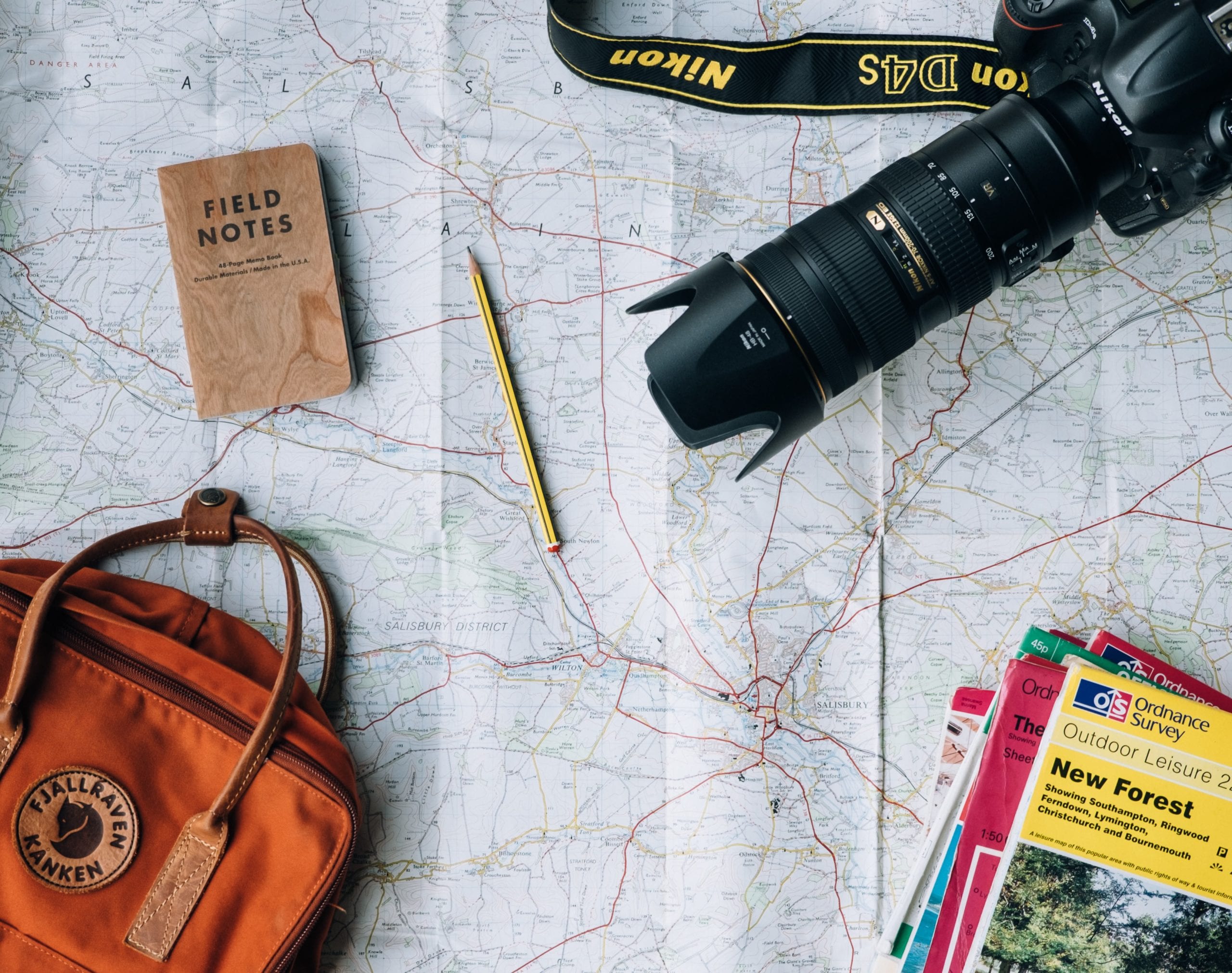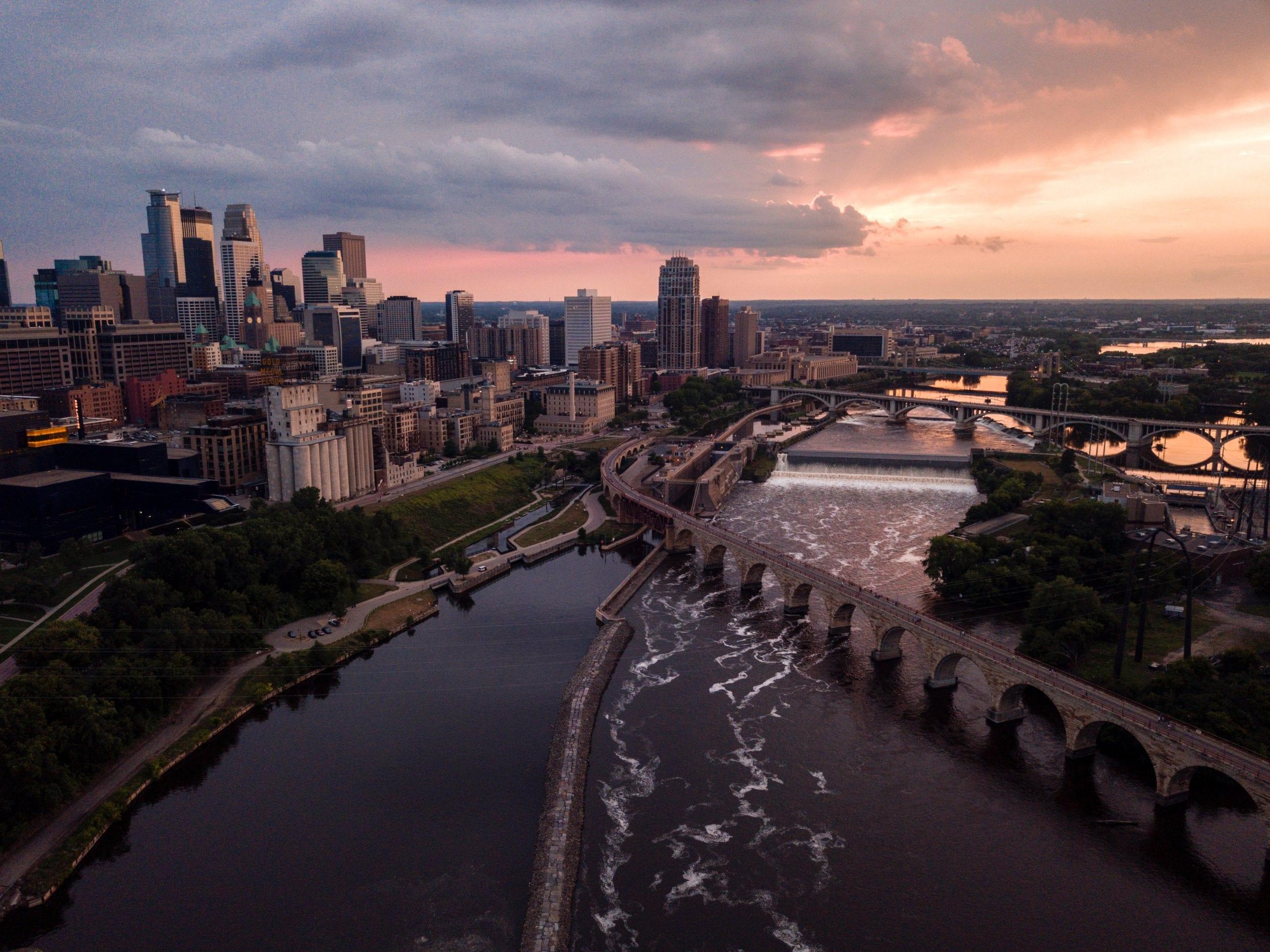Like all travel lovers, fun and affordable trips are at the top of my list. But planning and taking a trip as a person of color isn’t as simple as setting a budget, picking a place, making sure the weather is right, and enjoying my escape.
There are questions of safety, comfort, prying eyes, judgment, and yes, outright racism, that many white travelers are blissfully unaware of. But they define what it’s like to travel as a person of color.
I feel it when I’m planning trips, with safety high on my list when considering each and every destination. I feel it in the TSA security line, where the frustration of long lines and delays is nothing compared to the “random” additional screenings that people of color face far more regularly.
These issues don’t stop me from traveling. But it is critical to acknowledge the additional anxieties and fears that shape the travel experience for people of color – the things you don’t see unless you experience it, too.
Planning as a Person of Color
Like most of you, a good vacation starts with the travel-planning process.
The question of “where to stay” is often the first thing I research. What area of town is my hotel or accommodations in? Is it safe? You might ask yourself the same things. But do you ask yourself: “Will this Airbnb host accept my request after seeing my photo – or reading my name?” If you don’t, consider that a privilege.
“When to go” also has its own confounding variables. Are there festivals or events in the area that would make it more dangerous for me to travel at a certain time? Is it better to avoid peak travel times, when there are more tourists that could result in more acts of racism than usual?

And even “what to do” has its own challenges, as my trip to New York City two years ago indicates. As a woman and a person of color, I had to be even more cognizant of when and where I decided to walk. Often, I took an Uber at night (even though it was much more expensive) to avoid walking after dark. Or I chose activities with pre-planned itineraries led by guides rather than exploring on my own because spontaneity isn’t always safe.
These decisions for my own safety can end up making a trip less thrifty for a person of color.
Airport Conundrums
It continues at the airport – and long before you get on the plane.
TSA allows families traveling together to approach the desk for a boarding pass and ID check as a group. But many times, my husband (who is white) or I have been turned away as we walk up. It may seem minor, but there’s a hurtful assumption rooted in prejudice about our skin tones: We couldn’t possibly be a family.
These interactions are called “microaggressions”: brief verbal or behavioral communications (intentional or not) that transmit hostile, derogatory, or negative messages to a target person because they belong to a stigmatized group.

People of color report they get flagged for “random screenings” or patdowns far more often. The TSA has even admitted some of its screening equipment has issues – especially with some hairstyles of black women, ProPublica reports.
Do you dress for comfort ahead of a long plane ride or a red-eye flight? You’re not alone. But then there’s my friend, another person of color, who dresses to the nines ahead of each flight, with hair and makeup done impeccably and her wedding ring glimmering on her finger.
Being well-dressed invites less prejudice, she says. With first class tickets in her hand, she’s seen and heard the surprised reactions of flight attendants as she approaches her seat.
Even in 2020, the painful sting of “blacks should go in back” lingers.
Upon Arrival
Looking different invites unwanted attention. And a person of color is reminded of that upon arrival.
Depending on where they land, people of color may feel the stares of onlookers or even strangers taking photos. It may not be due to ill-will, but just because they stand out. But makes you feel like you’re an object on display – and that makes it harder to relax and enjoy your trip.
One of the best parts about traveling is spontaneity – jumping on a train in Europe for a short getaway or driving to a nearby town. But for a person of color, it’s hard to be spontaneous.
If I don’t know the climate of a small town or region well, could I be walking into a contentious situation? And I need to let people know my itinerary and whereabouts, just in case something happens. Those questions lead me and many other people of color to turn down spontaneous trips or adventures.
‘Where Are You From?’
I love to chat with strangers on vacation. I love to hear why they chose the same place we did and how their trip is going. And the conversation inevitably turns to where we’re from.
When my white husband tells fellow travelers he’s from Minnesota, he gets a response of “Brrr! How could you live somewhere so cold?” or commiseration from other Midwesterners.
When I tell someone the same thing, I often get pushed further: “But where are you really from?”
It may seem like an innocent question, but it doesn’t feel that way. And it happens all the time. It hurts because it insinuates I’m lying or that I don’t belong to the place I call home.

I am Minnesotan through and through. I love Surly, wild rice, lefse, and walleye, and I’m the proud owner of an “Uffda” towel and a platter displaying “hotdishes by region.” I cheer for the Vikings, Twins, Wolves, and Wild even though it often ends in heartbreak. I may be ethnically Indian, but I couldn’t tell you the first thing about curry or cricket.
Yet in that moment, when the conversation turns to “Where are you really from?” I am reduced to the color of my skin.
I am a person with rich travel experiences to share, far beyond where I was born and the color of my skin.
My favorite trip has nothing to do with the country where I was born. Do you want the perspective of a local for your next trip? I could tell you much more about Florida, where I lived for much longer, than I could of India. You want a great travel recommendation? I could tell you all about the amazing food and landscape of Iceland or the history and fashion in Paris.
Check your bias when this question crosses your mind with a person of color. Are you asking because the person sitting across from you doesn’t fit the stereotype of a typical American ingrained in your mind?
Instead, accept a person of color’s first answer to where they’re from. Don’t push. It’s exhausting to explain the story of where I was born and how I wound up in Minnesota – especially if I barely know someone. Instead, ask: “Where do you live now?” Or follow-up with “Where’s your favorite place to travel?”
A 2016 study by the American Psychological Association found that 81% of Native Americans, 76% of blacks, 74% of Asians, and 72% of Hispanics reported experiencing microaggressive discrimination. If your intent is purely to get to know someone there are far more suitable questions than asking about someone’s ethnicity.
Bottom Line
This story is different from what you typically read on this site. That’s why it’s here today.
This is so important. We all travel to get away and experience new things, but we also have a duty to learn, educate, and grow. That’s true when we’re traveling, but when we’re at home, too.
We’re in the midst of a long-overdue conversation about race in this country and across the world. And that change starts by listening to and learning from the perspectives and experiences of people of color. Educate yourself and research how you can make a difference and donate to those causes committed to change in your communities.
We have a chance to change the world. Let’s not squander it.




Thanks for the article. A conversation worth having.
Thank you for this.
Thank you for including Native Americans in your article. I’m American, my ancestors don’t come from another continent yet somehow I’m supposed to tell people where I’m “really” from. Those are small things. Safety is a major concern.
Thank you, Trina and Thrifty Traveler, for sharing this perspective. I have found while traveling the world is that yes, as a Black global traveler, at times I have stood out and felt certain discomforts… But, I can’t tell you enough how beautiful my experiences have also been where I have been welcomed and embraced not just because of my ethnicity- but also because of my ethnicity (if that makes sense)… The joy that comes from seeing the world and having the world receive you for all that you are has kept me passionate about traveling and seeking new global experiences… Thank you, Thrifty Traveler, for being vocal on equality, justice, the Black/minority experience, and all things travel related!
My son is white, and my US-born daughter-in-law is not only black but Muslim and covered for years. In Minnesota she was frequently presume to be Somalian, and the two of them are never viewed as a couple. The TSA, needless to say, is a nightmare. Thanks for bringing all of this to people’s attention!
I find your article very interesting and informative. I have traveled a few countries across Asia, Europe and road trips across the USA. Some of the worst experiences I have ever had at airports occurred with some TSA agents at USA airports. I don’t know if some of them are just that way or they don’t care about offending you or they don’t expect a person of color to be able to afford to travel. Not all TSA agents are like that. There are some really nice and respectful ones out there. In Asia, I have met some really nice and helpful people out there and have also encountered very rude people who stands in front of you to take pictures of you without even asking (and a lot more), like you don’t have a say and they haven’t seen a black man before.
I think some people In Asia and Europe don’t always get to meet people of color and at times don’t know how to properly approach them.
But there are places in the USA that I have traveled to, that I could tell I was not welcome or I was not who they were expecting to show up. So as a rule of thumb, I never stay at Air BnB when traveling. But traveling as a person of color will definitely open your eyes to a lot of things.
Thank you for sharing your perspective! The more conversations we have about race, during which we listen and learn, the better chance we have of seeing real change in our communities.
Much of what you described here if very true. It is unfortunate that there is bias across the world.
The biggest problem I have with the idea of micro aggressions is that it invites the idea that we are being descriminated against when it isn’t the reality. Priority Pass lounges for example. If my white friend, then me, then a third person are all denied then the assumption is that I was denied based on skin color, even though we all understand it happens to everyone everyday. When visiting Japan we all experience nearly all of the items you described (even the white people). If your look for or assume it we are going to be victims, then we will be. Does it happen? Sure, but if you’re looking for it, you’ll find it even when it isn’t really there.